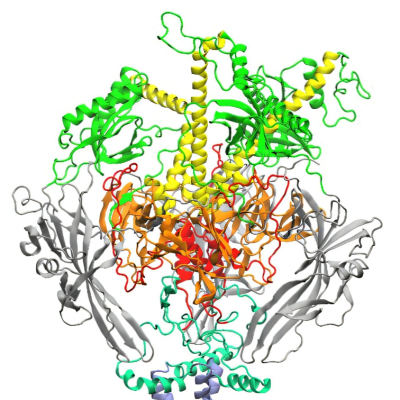Now, thanks to a $500,000 grant from Brandon BioCatalyst's CUREator incubator, through their CSIRO-funded Minimising Antimicrobial Resistance Stream, University of South Australia researchers are advancing the development of liquid crystal nanoparticle-formulated antibiotics to more accurately target and eliminate difficult-to-cure lung infections in people with cystic fibrosis.
Funded by the Medical Research Future Fund CUREator provides grant funding to support the development of Australian biomedical research and innovations.
The study will use a patent-protected platform technology, invented by UniSA’s Centre for Pharmaceutical Innovation to establish new therapies for cystic fibrosis sufferers. UniSA will also work with the Cystic Fibrosis Airways Research Group at the Women’s and Children’s Hospital to advance the platform.
In Australia more than 3600 people live with cystic fibrosis with one in every 2500 babies born with the disease.
Lead investigator UniSA’s Professor Clive Prestidge says that liquid crystal nanoparticles present a unique encapsulation and delivery system to improve the efficacy of antibiotics and overcome issues of antimicrobial resistance.
“When a person has cystic fibrosis, their body produces a sticky, thick mucus in the lungs which is prone to infection,” Prof Prestidge says.
“Bacterial lung infections often require antibiotics, but with frequent infections and regular ineffective antibiotic use, bacteria are becoming resistant to treatments; the looming antimicrobial resistance (AMR) pandemic is a major threat to human health.
“When there is infection and blockages in the lungs, it’s particularly hard for traditional antibiotics to reach their target. That’s where liquid crystal nanoparticles can help.
“By overcoming the processes that cause drug resistance and uncontrollable infection, this unique delivery approach can better target sites in the body where conventional antibiotic therapies cannot penetrate.”
Postdoctoral researcher and team member, UniSA’s Dr Santhni Subramaniam says preclinical studies have already demonstrated excellent performance against such infections.
“Whether it’s bacteria in urinary tract infections, bone infections or bacterial biofilms found in tissue wounds, sinuses, and lung infections, preclinical trials of liquid crystal nanoparticles have delivered very positive results,” Dr Subramaniam says.
“We are now positioned to advance a nebulization approach for direct lung delivery.
“This is an exciting new technology that we hope will deliver significant improvement in people struggling with cystic fibrosis and other lung infections.”
Read the original article on University of South Australia (UniSA).







